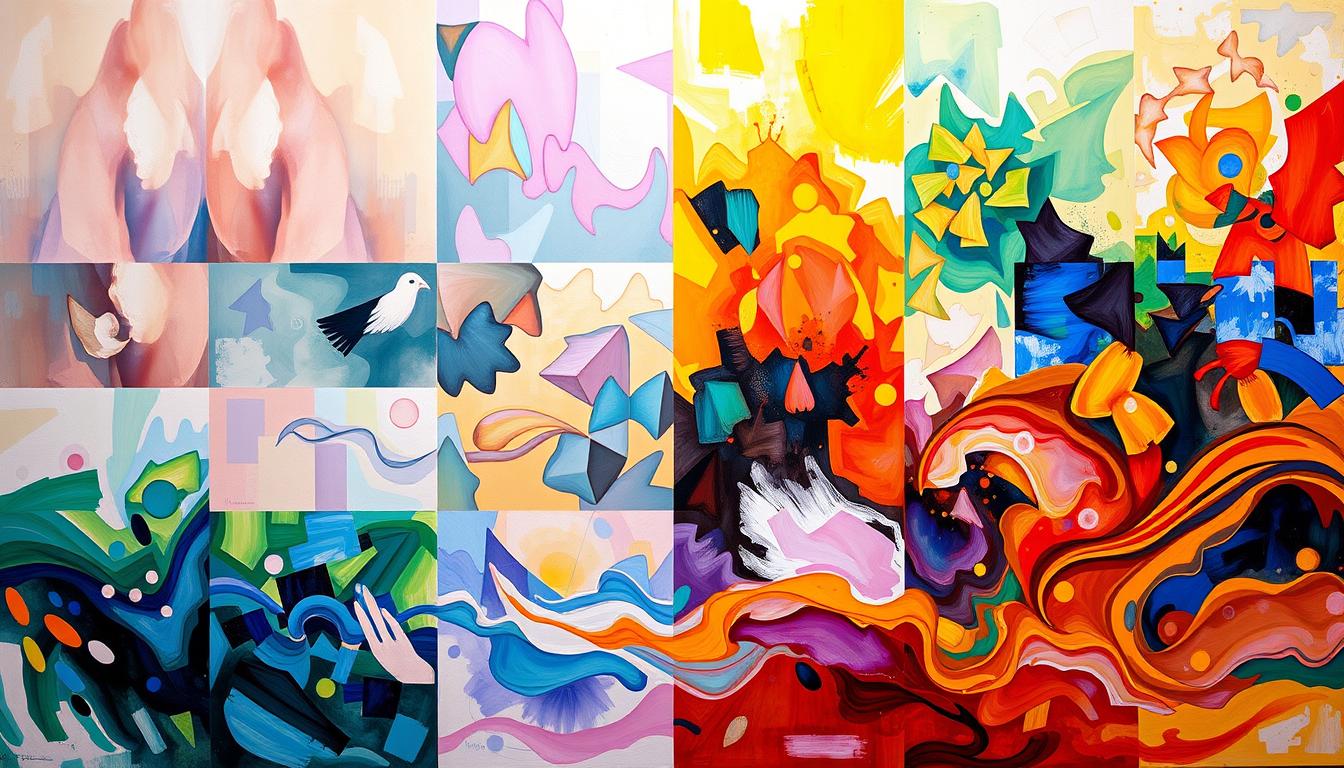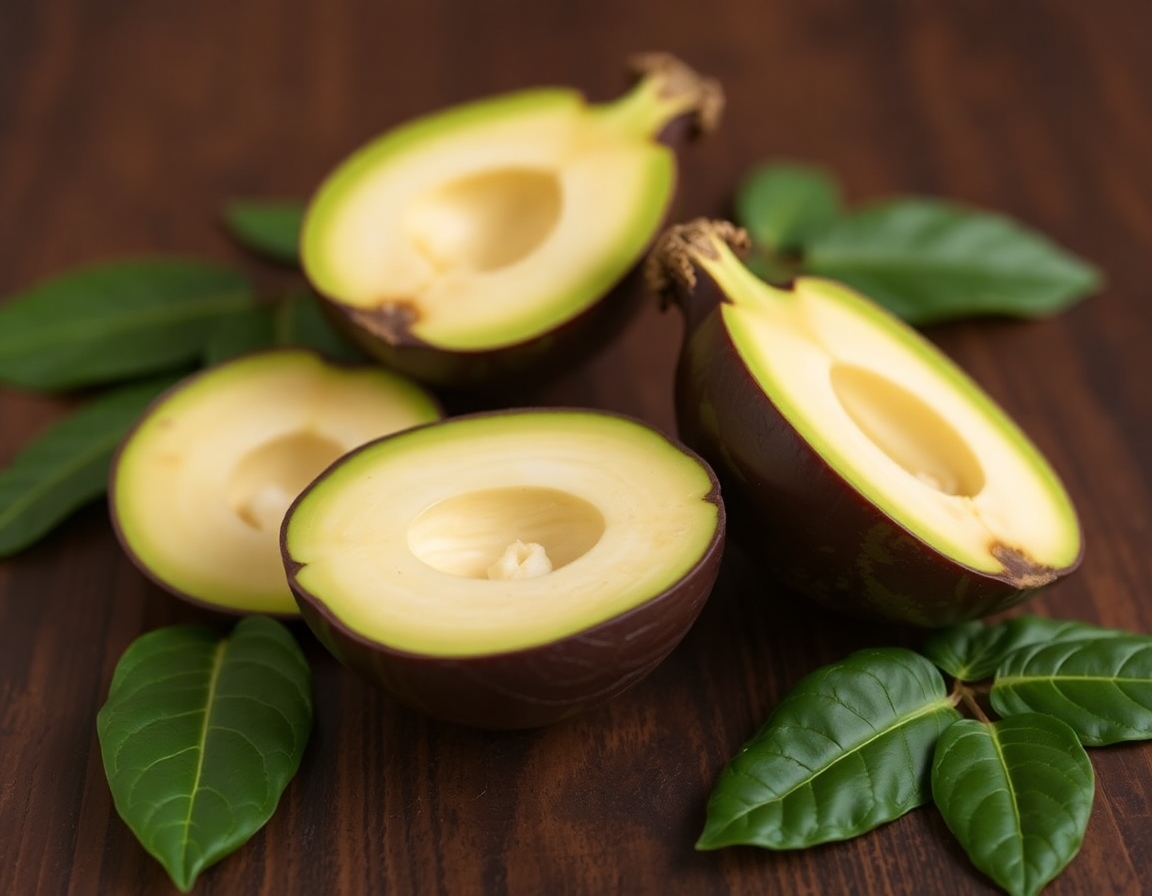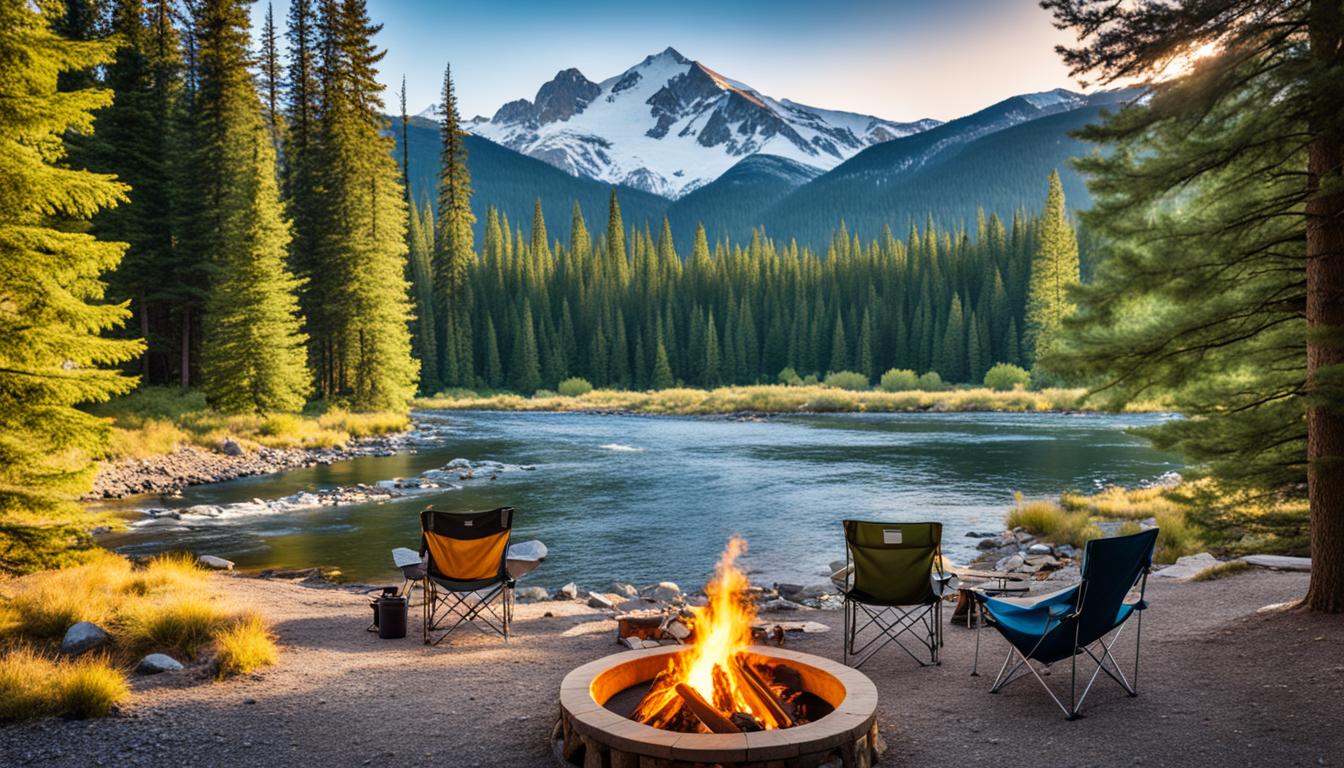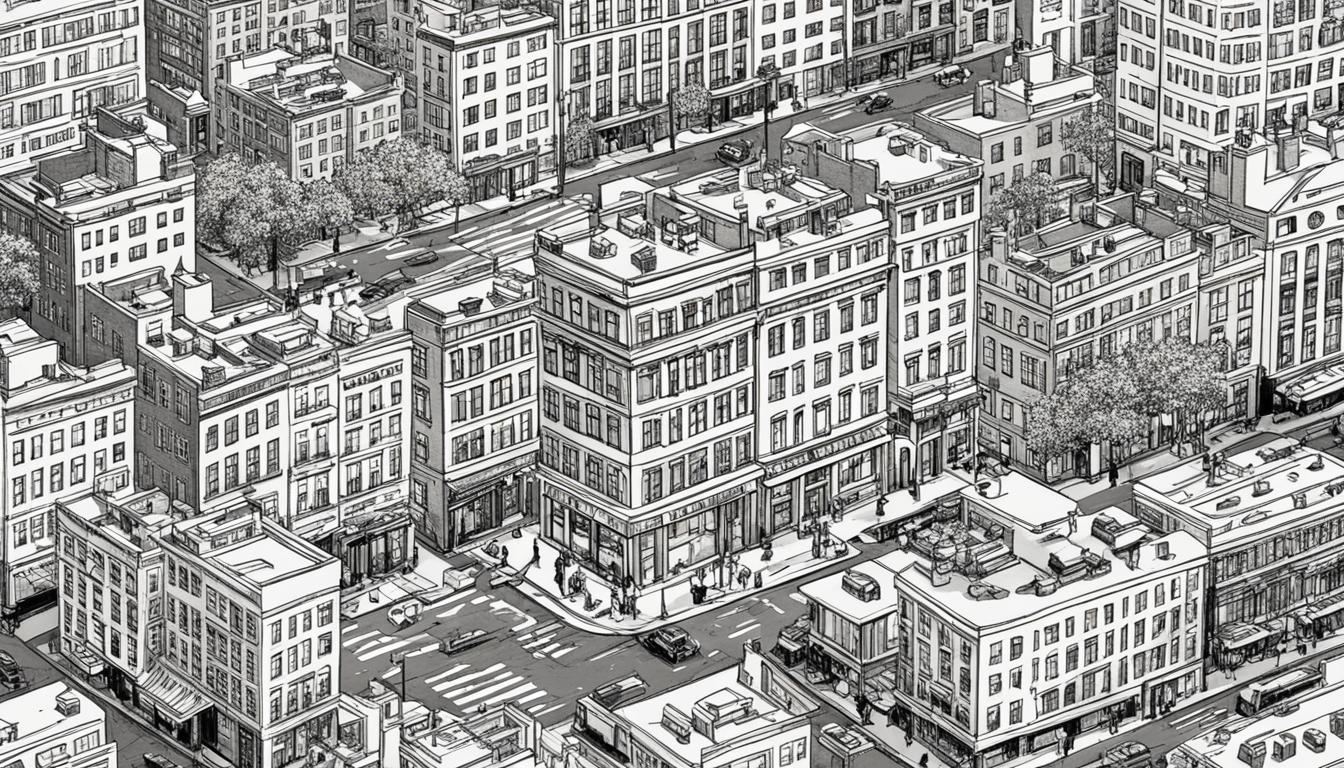Did you know realism has been the top painting style since the Renaissance, lasting over five centuries? This style has led to many other painting styles that have won over fans all over the world. From the detailed realism of the Renaissance to the bold strokes of Impressionism and the dreamy scenes of Surrealism, each style shows the unique view and cultural impact of its time.
This guide will cover the key traits, techniques, and famous artists linked to major painting styles. Get ready to explore how different painting styles have changed over time. Each style gives a special view of our world.
Key Takeaways
- Painting styles have changed a lot over the centuries, showing the shift in artistic views and cultural impacts of each era.
- Realism, Impressionism, Expressionism, Photorealism, and Abstract Art are key styles that have made a big impact on the art world.
- Each style has its own techniques, subjects, and ways of expressing feelings or ideas, giving a wide range of artistic experiences to viewers.
- Famous artists like the Impressionists, Abstract Expressionists, and Pop Art leaders have greatly influenced art history.
- The growth of painting styles keeps going, with today’s artists exploring new trends and using technology in their work.
Introduction to Painting Styles
Painting styles, also known as art movements or schools, show the many ways art has changed over time. They share common techniques and ideas. As technology and society changed, painting kept evolving, creating many different art styles.
What is a Painting Style?
A painting style is a special way of making art. It has its own techniques, themes, and ideas. These styles often come from new ideas or a break from old art norms. They show how artists and movements express themselves.
The Evolution of Painting Styles Throughout History
Painting has always been changing, with new styles and methods coming up. From the detailed realism of the Renaissance to the bold expressionism of the 20th century, painting has evolved. This change was driven by new technology, social shifts, and artists wanting to explore more.
In the 19th century, Impressionism focused on light and atmosphere. The 20th century saw Photorealism, aiming for paintings that looked just like photos. Digital painting techniques in the 1940s changed how artists worked.
Today, new painting styles keep coming, showing the creativity and views of artists. Knowing about these styles helps us appreciate the wide range of art out there. It shows the beauty of artistic expression through the ages.
Realism
Realism started in the mid-19th century as a push against the idealized art of before. It focuses on showing the real world and everyday life clearly and truthfully. Artists of this style aimed to show things as they really are, without adding their own fantasies.
Characteristics of Realism
Realism shows everyday people and scenes with a focus on light and color. It aimed to show the world as it truly is, moving away from the idealized views of the late 18th and early 19th centuries. This style spread around the world, affecting many artists over the years.
Famous Realist Artists
Édouard Manet, Ilya Repin, and Jules Breton are famous for their realist paintings. They captured the details of everyday life and the true nature of their subjects. Artists like Gustave Courbet and Jean-François Millet also played big roles in making realism a key art style that still affects artists today.
Realism in art is still a big deal and keeps inspiring new artists. It’s all about showing reality in a true and honest way. This approach keeps pushing the boundaries of what art can do.
| Realist Artist | Notable Paintings |
|---|---|
| Édouard Manet | Luncheon on the Grass, Olympia |
| Ilya Repin | Barge Haulers on the Volga, They Did Not Expect Him |
| Jules Breton | The Song of the Lark, The Gleaners |
Impressionism

Impressionism was a big change in art that started in the late 1800s in France. It focused on capturing the effects of light and color. Artists like Claude Monet, Pierre Renoir, and Edgar Degas painted outside to catch the changing light and colors.
The Birth of Impressionism
Impressionism was new and different from the art of the time. It moved away from traditional art forms. These artists wanted to show the big picture, not just details.
Techniques and Characteristics of Impressionism
Impressionist paintings are known for their soft brushstrokes and focus on color. They showed how light changes and makes things look vibrant. This new way of painting was not accepted at first but later influenced many other art styles.
| Key Impressionist Painters | Characteristics of Impressionism |
|---|---|
|
|
“Impressionism is the most interesting movement in painting because it emphasizes the momentary, the changing, the elusive in nature and human life.”
–Georges Clemenceau, French Prime Minister
Expressionism
Expressionism started in the early 1900s as a way to move past the realism of the past. Expressionist artists wanted to show how they felt inside. They used distortion, big colors, and shapes to express their feelings of anxiety and the human experience.
Big names in Expressionism are Edvard Munch, Amedeo Modigliani, and Ernst Ludwig Kirchner. Their art was powerful and made a big mark on art history. Munch worked for almost 60 years and made many famous works. Modigliani’s Reclining Nude was inspired by ancient art.
Expressionism includes artists from Germany, Austria, France, and Russia from the late 1800s to early 1900s. German Expressionism started with artists like Vincent van Gogh, Edvard Munch, and James Ensor. They created unique styles by 1885-1900.
By 1905, German Expressionism grew with artists like Ernst Ludwig Kirchner in the Die Brücke group. This group also had Erich Heckel, Karl Schmidt-Rottluff, and others. They used bold lines, rough brushwork, and strong colors in their art.
After World War I, Expressionism became big in Germany. It showed feelings of doubt and sadness. Later artists like George Grosz and Otto Dix added social messages to their Expressionism, creating Neue Sachlichkeit (“New Objectivity”).
| Artist | Notable Work | Year |
|---|---|---|
| Wassily Kandinsky | Der Blaue Reiter | 1911 |
| Henri Matisse | The Dessert: Harmony in Red | 1908-1913 |
| Franz Marc | The Large Blue Horses | 1911 |
| Egon Schiele | Self-Portrait with Chinese Lantern Plant | 1912 |
| Max Beckmann | The Night | N/A |
| Karl Schmidt-Rottluff | Dr. Rosa Schapire | 1919 |
“Expressionism was a reaction against the objective realism of the past, with artists seeking to convey their subjective emotional responses to the world around them.”
Photorealism

Photorealism, also known as Hyperrealism, started in the late 1960s and early 1970s. It was a reaction against Abstract Expressionism’s dominance. Artists like Richard Estes, Chuck Close, and Duane Hanson led this movement. They used photos to make their paintings look incredibly real.
The Rise of Photorealism
In 1968, art dealer Louis K. Meisel coined the term “Photorealism.” This name shows how important photos were to these artists. They used techniques like grids and projectors to make their paintings look just like photos.
Techniques and Characteristics of Photorealism
- Artists used projectors and grids to copy photos onto canvas with great accuracy.
- They built up their paintings in thin layers, using glazes for realism.
- A final layer of varnish made the painting look even more real.
- Artists paid close attention to details, knowing a lot about paint.
Photorealism made paintings that looked almost like photos. This style has grown and changed, leading to Hyperrealism. It keeps pushing the limits of art with its precision and skill.
“Photorealism is the most representational form of art—the highest level of naturalism.”
– Richard Estes
Different Painting Styles
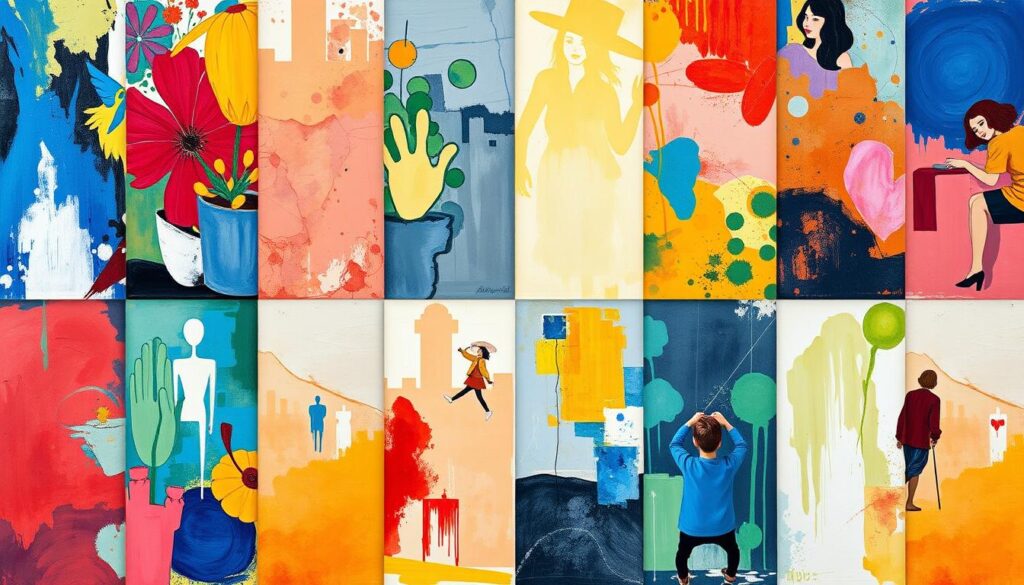
Artists have made art in many ways and styles over time. They follow different ideas and philosophies. These styles are grouped as “art movements,” like Classicism and Cubism. Each movement has its own look, methods, and famous artists.
Painting covers everything from old masterpieces to modern abstract art. It includes many styles and techniques. Some key painting styles are:
- Realism
- Impressionism
- Expressionism
- Photorealism
- Abstract Art
- Surrealism
- Pop Art
Each style has its own way of creating art and famous artists who changed the art world. Exploring these styles helps us appreciate art’s creativity and variety.
| Painting Style | Characteristics | Notable Artists |
|---|---|---|
| Realism | Accurate depiction of the natural world, detailed and lifelike portrayals | Gustave Courbet, Jean-François Millet, Winslow Homer |
| Impressionism | Focus on capturing the fleeting effects of light, loose and spontaneous brushwork | Claude Monet, Pierre-Auguste Renoir, Edgar Degas |
| Expressionism | Emphasis on emotions and subjective experiences, distorted and exaggerated forms | Edvard Munch, Ernst Ludwig Kirchner, Wassily Kandinsky |
| Photorealism | Highly detailed and realistic depictions, often using photographs as reference | Richard Estes, Chuck Close, Audrey Flack |
| Abstract Art | Abandonment of representational imagery, focus on color, form, and texture | Jackson Pollock, Mark Rothko, Wassily Kandinsky |
| Surrealism | Dreamlike, illogical, and often subconscious imagery | Salvador Dalí, René Magritte, Joan Miró |
| Pop Art | Celebration of popular culture, use of everyday objects and mass-produced imagery | Andy Warhol, Roy Lichtenstein, Jasper Johns |
These styles show the wide range of painting styles through history. Each has its own look and ideas. Understanding these styles helps us see the beauty and variety in art.
Abstract Art
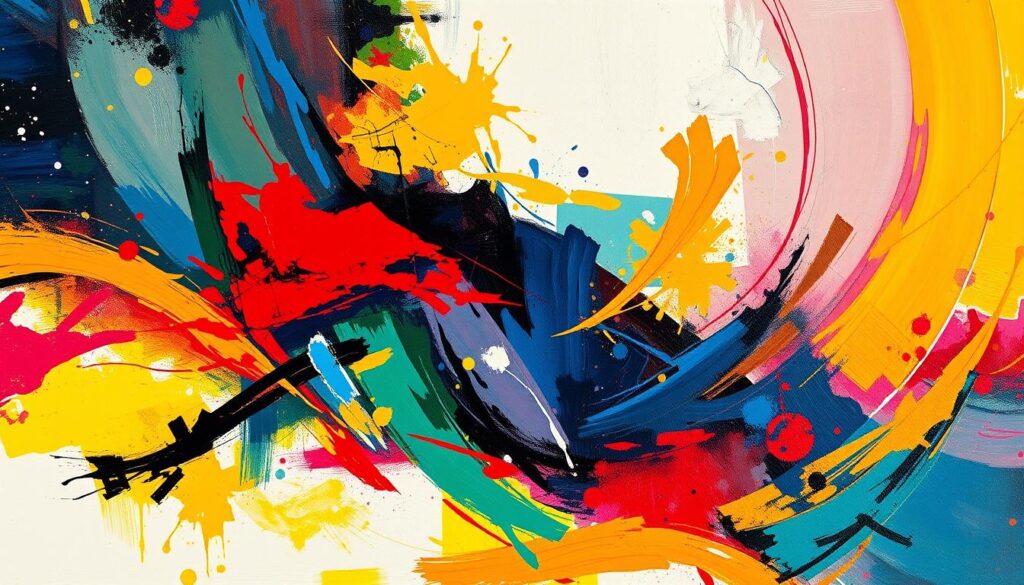
Abstract painting is a vibrant way to express the human experience. It goes beyond realism, using color, form, and texture to touch our feelings and ideas. This art form explores the essence of what we see.
The Principles of Abstract Art
Abstract art focuses on the beauty of line, shape, and color. It doesn’t show real objects or scenes. Instead, it invites us to see the beauty in the composition itself.
This type of art doesn’t tell a story or have a clear subject. It lets each viewer find their own meaning and feel. This makes it very personal.
Famous Abstract Artists
- Wassily Kandinsky was a key figure in abstract art. His work blends the real and the mysterious.
- Kazimir Malevich started Suprematism. He used simple shapes and colors to express deeply.
- Mark Rothko was a master of Abstract Expressionism. His paintings make us think deeply and feel spiritually connected.
These artists and many others have changed abstract art. They inspire others to explore non-objective art’s endless possibilities.
“Abstract art enables the artist to perceive beyond the tangible, to extract the infinite out of the finite. It is the emancipation of the mind. It is an exploration into unknown areas.” – Arshile Gorky
Surrealism

Surrealism started in the early 1900s as a way to deal with World War I’s horrors. Artists wanted to show deep feelings and desires by using dreamlike images. Salvador Dali, Max Ernst, and Rene Magritte mixed real and fantastical things. This made their art both strange and thought-provoking.
The Surrealist Movement
The word “Surreal” was coined by poet Guilliame Apollinaire to describe a hidden reality. In 1924, French poet André Breton started the Surrealist movement with his “Manifesto of Surrealism.” He was inspired by psychologists Sigmund Freud and Carl Jung. Breton saw Surrealism as a way to show the mind’s deepest thoughts without thinking too much.
Surrealist Techniques and Themes
Surrealist artists used techniques like automatism to show their subconscious. Salvador Dali used a special method to enter his dreams and paint what he saw. Rene Magritte played with words and images to question reality. Max Ernst was fascinated by animals and used automatic writing to create his art.
Surrealism was all about breaking free from old rules and exploring the deep mind. It changed art and still influences today’s artists. Michael Cheval and Anatole Krasnyansky keep pushing the boundaries of surrealism and subconscious art.
“Surrealism is destructive, but it destroys only what it considers to be shackles limiting our vision.” – Salvador Dali
Pop Art
Pop Art became popular in the 1950s and 1960s. It took inspiration from everyday culture. Artists like Andy Warhol and Roy Lichtenstein used mass-produced items and ads in their work. They used techniques like silkscreening to make bold, colorful pieces that questioned traditional art.
Pop Art drew inspiration from everyday culture from the mid-1950s to the 1960s in the UK and the USA. It covered many art forms, including sculpture, paintings, and drawings. Pop Art often took images and techniques from popular culture.
Some famous Pop Art artists are Andy Warhol, Roy Lichtenstein, Keith Haring, and Robert Rauschenberg. Others include Peter Blake, Richard Hamilton, and Romero Britto. The list also includes David Hockney, Claes Oldenburg, Takashi Murakami, and Steve Kaufman.
Pop Art became popular because it used familiar images and themes. This made it easy for people to relate to the art. The movement mixed “high” art with “low” culture. Artists used silk-screening and mixed media to create their works.
| Pop Art Characteristics | Examples |
|---|---|
| Recognizable imagery from popular culture | Andy Warhol’s screenprints of Marilyn Monroe or the Campbell’s Soup Cans |
| Vibrant colors like red, yellow, and blue | Romero Britto’s bold, colorful paintings |
| Use of irony or satire | Roy Lichtenstein’s benday dot paintings that parodied comic book styles |
| Innovative techniques beyond traditional art practices | Richard Hamilton’s collages and Claes Oldenburg’s oversized sculpture of everyday objects |
“Pop art is for everyone.”
Contemporary Painting Styles
Art is always changing, and today’s painters are trying new styles. They use technology and digital art to make art. They also use abstract and new ways of thinking about art. This makes art more interesting and shows how art reflects our changing world.
Exploring New Artistic Movements
Today’s art scene is full of new styles that change what we think of as art. You’ll find everything from precise geometric art to simple minimalism. Artists mix old and new, blending nature art with pop art. This creates unique and exciting art that shows the world’s changing views.
The Influence of Technology on Painting Styles
Technology has changed how artists paint. Now, we see new kinds of art, like portraiture and still life, in the digital world. Artists use typography and urban art too. This makes art more diverse and reflects our fast-changing world.
| Painting Style | Description | Examples |
|---|---|---|
| Figurative Art | Art that depicts recognizable subjects, such as people, animals, or landscapes. | Star Clock at Night II by Sinta Tantra, Biosphere 12 by Romicon Revola, C No. 3b by Wan Yang, Order by Tetsuya Fukushima |
| Geometric Art | Art that focuses on precision and mathematical shapes. | Saint marc study by Alexandre Manuel, OO by Ross Rudel, Time Dilation #1 by Irfan Hendrian, PASSAGE by TKT Design & Architecture |
| Minimalism | Art that focuses on minimal personal expression. | Beauty of the nature by Sanjeewa Nissanka, Wilderness In Colorado by Herzon Dela Rosa, Fairyland G-I (W) by Guang-Yu Zhang, Exploring in the secret by Zue Chan |
| Nature Art | Art that draws inspiration from natural elements. | Forgotten Flowers by Ketna Patel, No. 14 by Wang Jianuo, Nice air by Surat Tomornsak, Made in Tokyo #1 by Pariwat Anantachina |
| Pop Art | Art that arose in the post-war era and gained momentum in the 1960s, reshaping art with commercial imageries. | The King by Tomoya, Seeing with mind’s eye by Kos Cos, Falling To Far by Kathrin Longhurst, Beach Anatomy by Victor Tkachenko |
| Portraiture | Art that depicts representations of individuals and self-portraits. | Death of Beauties by Yuyang Liu, Red in Snow by Guo Hongwei, Human Food_6 by Pan Mengmei, White Roses # 3 by Maung Aw |
| Still Life | Art that depicts inanimate objects. | Stream suit by kiatanan iamchan, The throne by Simis Gatenio, Re: #02 by Okusora Keita, The Study by Erdem Ergaz |
| Surrealism | Art that uses irrational and unconscious imageries to evoke deep meanings. | Epic by Aji Yudalaga, Please Stand Up ‘Majulah Singapura’ # 2 by Ahmad Shukri Mohamed, Faking Silence by Shin-young Park, Continuity by Tetsuya Fukushima |
| Typography | Art that uses typefaces to convey messages. | Sunset in the Garden City by Fong Qi Wei, 423 Tampines Street 41 by Darren Soh, Frenetic City_31 by Zhou HanShun, Urbanized by Aasiri Wickremage |
| Urban Art | Art that portrays city life and experiences, addressing urban issues. | Varied examples from different urban perspectives |
The art world is always changing, with artists exploring new styles and using technology. This makes art more interesting and shows how art reflects our changing world. The future of contemporary painting is exciting and full of new ideas.
Conclusion
The wide variety of painting styles seen in art history shows how art keeps changing. From the detailed realism of the Renaissance to today’s bold experiments, each style tells us about its time. It also shows the creativity and new ideas of artists.
Learning about the key features, methods, and famous artists of these painting styles helps us value art more. You might like the detailed realism, the free brushstrokes of impressionism, or the endless creativity of modern art. Painting offers a rich and changing world to explore and enjoy.
The art world is always changing, bringing new painting styles and techniques. This keeps pushing art’s limits and will inspire future artists. By diving into this changing art scene, you start a journey of discovery. You’ll see the full beauty of painting and the endless possibilities in visual art.
FAQ
What is a painting style?
A painting style is a way artists express themselves. It’s a mix of techniques, ideas, and visions. Styles change over time, influenced by new tech, social changes, and artist’s creativity.
What are the major painting styles that have shaped the art world?
Big painting styles like Realism, Impressionism, and Expressionism have shaped art. Photorealism, Abstract Art, Surrealism, and Pop Art have also made a mark. Each style has its own look and artists who made it famous.
What are the defining characteristics of Realism?
Realism started in the 19th century. It’s all about showing the real world accurately. Artists focused on details and reality, not fantasy.
What are the key features of Impressionist painting?
Impressionism came later, in the late 19th century. It’s about capturing light and color. Artists painted outside to catch the moment, using loose strokes and focusing on the scene’s feel.
How did Expressionism differ from previous art movements?
Expressionism started in the early 1900s. It was against realistic art. Artists used bold colors and shapes to show their feelings, making art more emotional.
What are the defining characteristics of Photorealism?
Photorealism began in the 1960s and 1970s. It’s like Superrealism. Artists made paintings look just like photos, showing reality very clearly.
What are the key principles of Abstract Art?
Abstract art doesn’t show the real world. It uses shapes, colors, and textures to express feelings. It focuses on art’s beauty and doesn’t tell stories.
What are the defining characteristics of Surrealist painting?
Surrealism started after World War I. It’s about exploring the subconscious. Artists mixed reality with dreams, creating strange and beautiful art.
What are the key features of Pop Art?
Pop Art started in the 1950s and 1960s. It’s about everyday life and popular culture. Artists used bright colors and familiar images to make art that was bold and fun.
How have contemporary painting styles evolved?
Today, painting is getting more creative. Artists are using new tech and digital art. They’re also exploring abstract and conceptual ideas, changing what we think of as painting.
